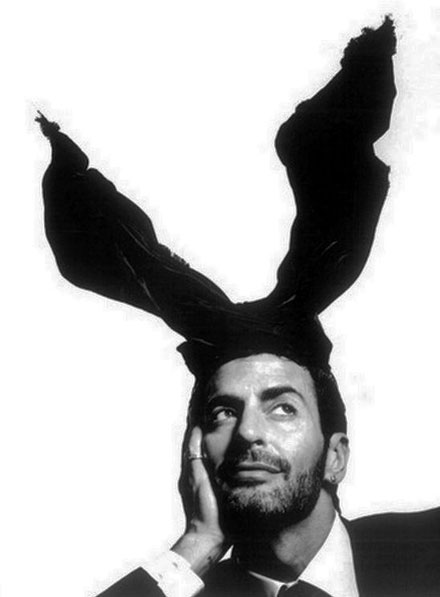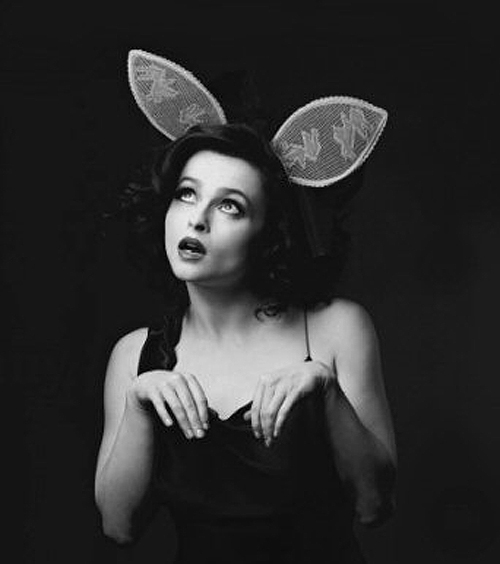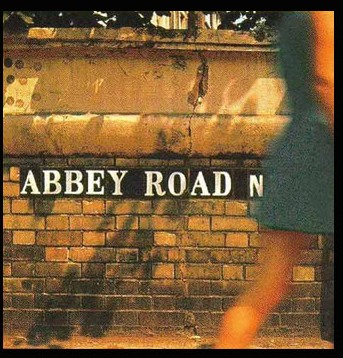Emma, by Jane Austen, is a novel about youthful hubris and the perils of misconstrued romance. The novel was first published in December 1815. Before she began the novel, Austen wrote, “I am going to take a heroine whom no one but myself will much like.” In the very first sentence she introduces the title character as “Emma Woodhouse, handsome, clever, and rich.” Emma, however, is also rather spoiled, headstrong, and self-satisfied; she greatly overestimates her own matchmaking abilities; she is blind to the dangers of meddling in other people’s lives; and her imagination and perceptions often lead her astray.
Emma Woodhouse is the first Austen heroine with no financial concerns, which, she declares to the naïve Miss Smith, is the reason that she has no inducement to marry. This is a great departure from Austen’s other novels, in which the quest for marriage and financial security are often important themes in the stories. Emma’s ample financial resources put her in a much more privileged position than the heroines of Austen’s earlier works, such as Sense and Sensibility and Pride and Prejudice. Jane Fairfax’s prospects, in contrast, are bleak.
Douglas McGrath “fell in love” with Jane Austen‘s 1815 novel Emma, while he was an undergraduate at Princeton University. He believed the book would make a great film, but it was not until a decade later that he was given a chance to work on the idea. After receiving an Academy Award nomination in 1995 for his work on Bullets Over Broadway (Woody Allen, 1994), McGrath decided to make the most of the moment and took his script idea for a film adaptation of Emma to Miramax Films. McGrath had initially wanted to write a modern version of the novel, set on the Upper East Side of New York City. Miramax’s co-chairman, Harvey Weinstein, liked the idea of a contemporary take on the novel. McGrath was unaware that Amy Heckerling‘s Clueless was already in production, until plans for Emma were well underway.
Although in general staying close to the plot of the book, the screenplay by Douglas McGrath enlivens the banter between the staid Mr. Knightley and the vivacious Emma, making the basis of their attraction more apparent.
Austen’s original novel deals with Emma’s false sense of class superiority, for which she is eventually chastised. In an essay from Jane Austen in Hollywood, Nora Nachumi writes that, due partly to Paltrow’s star status, Emma appears less humbled by the end of this film than she does in the novel.
This production of Emma stars Kate Beckinsale as the titular character, and also features Samantha Morton as Harriet Smith and Mark Strong as Mr. Knightley. Previously, Andrew Davies was the screenwriter for the successful 1995 BBC TV serial Pride and Prejudice starring Jennifer Ehle and Colin Firth. Davies offered to adapt Emma for the BBC, but it had already commissioned Sandy Welch as screenwriter.
This comedy film is loosely based on Jane Austen’s 1815 novel Emma. Heckerling later described Silverstone as having “that Marilyn Monroe thing” as a “pretty, sweet blonde who, in spite of being the American ideal, people still really like.”














 Elsa Peretti in a Halston-designed Bunny costume, photographed by Helmut Newton in New York City, 1975
Elsa Peretti in a Halston-designed Bunny costume, photographed by Helmut Newton in New York City, 1975 
 Playboy-inspired logo bathing suit
Playboy-inspired logo bathing suit






























